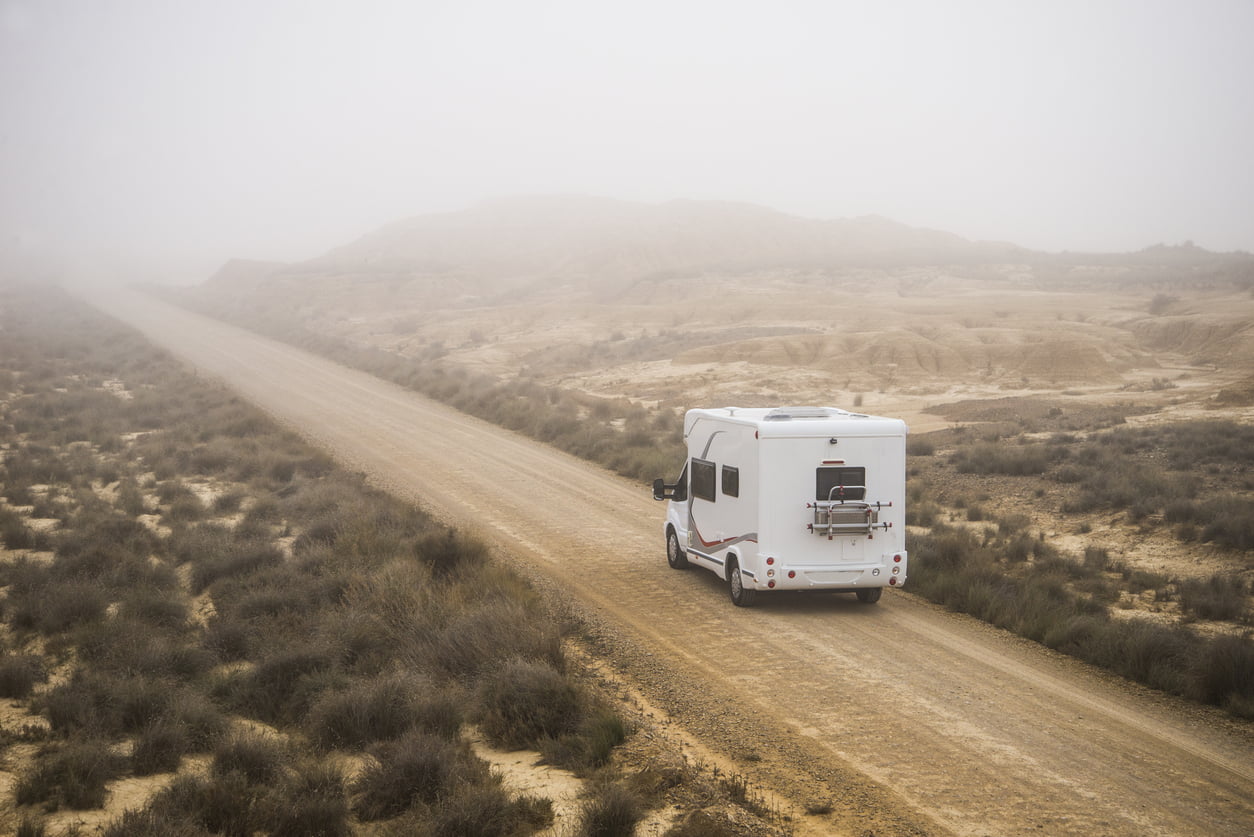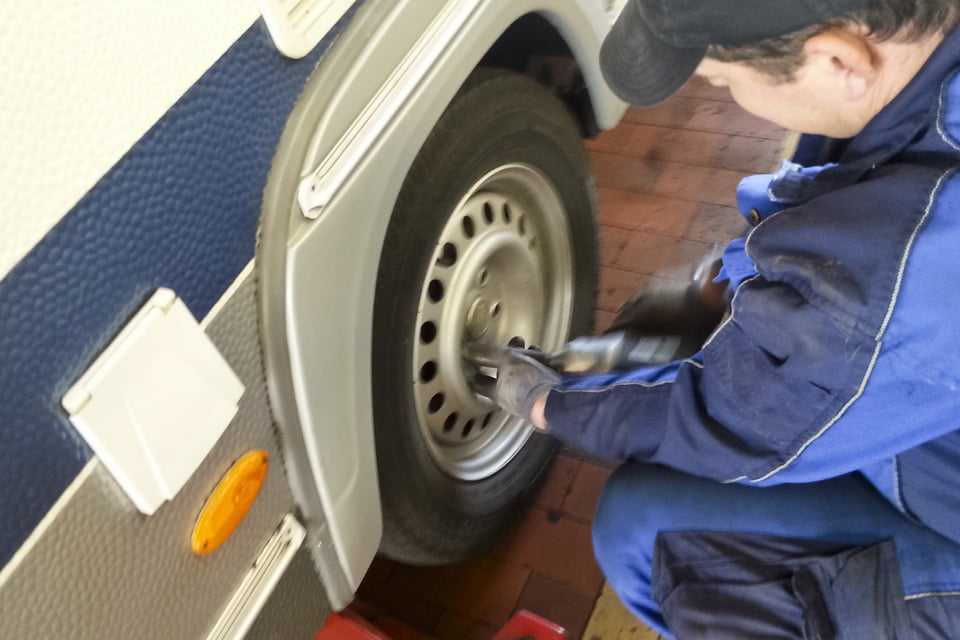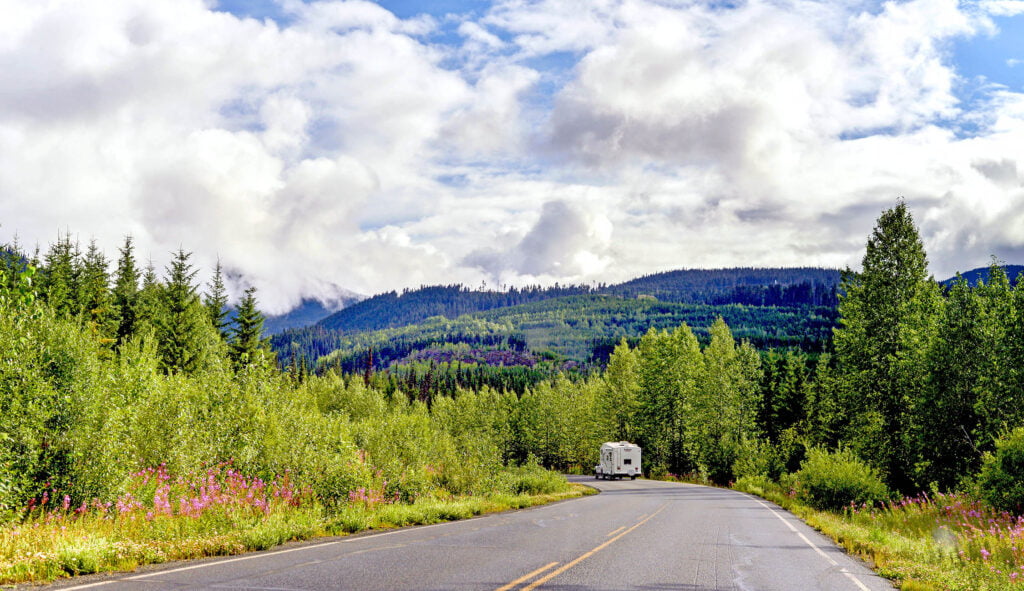Planning for that epic road trip this year? In addition to checking we’ve the right insurance coverage, it’s becoming increasingly more important to also plan for the possibilities of extreme weather and wildfires on our journey.
Last year (2023) more people were evacuated and more area was burned than during any other Canadian wildfire season on record. Five of the largest wildfire-induced evacuations since 1980 took place last year, including Yellowknife and West Kelowna. Record floods occurred in Nova Scotia and Quebec and a tornado hit on Canada Day in Alberta.
Although we can’t accurately predict what’s going to happen in 2024, here are some suggestions to prevent us from being caught off-guard.
There’s an app for that
There are several easily accessible mobile apps available to check weather and wildfire conditions before we head out on the road. Based on recommendations from fellow RVers, here are three worth considering. Each provide forecasts for over 2 million locations, with detailed radar maps, severe weather alerts, and other weather-related information:
AccuWeather
The Weather Channel
WeatherCAN
Some GPS apps also include weather and wildfire alerts. Google Maps offers information on current temperature, air quality, and weather conditions as well as (under “Map Details”) an additional section on wildfires.
Turn your weather alert radio on
Mobile weather apps do have their limitations when we’re travelling in areas with poor cellular network service, cellular networks fail, or power grid failure. Hence the importance of having an alternative means of receiving weather and wildfire alerts that don’t rely on cellular networks to transmit this vital information: Weather alert radios.
A weather radio alerts us to severe weather warnings on seven dedicated frequencies (162.400 to 162.550 MHz). Weatheradio Canada broadcasts weather and environmental information 24/7 in both English and French, covering about 90% of Canada’s population. The American National Weather Service (NOAA) uses the same frequencies to broadcast weather and environmental information in the USA.
Here’s a checklist to help decide which weather alert radio is the best fit while on the road:
-
-
-
- NOAA public alert certification
- SAME (Specific Alert Message Encoding) technology to allow us to program the radio to notify us of severe weather alerts specific to our current location
- Alert blocking feature to allow us to decide the types of alerts we wish to receive
- Multiple power sources options (including solar panel, hand crank, rechargeable battery, USB ports)
- Audible alarm
- Built-in flashlight
- AM/FM tuning
- Digital tuning
- Digital or LCD display screen
- Bluetooth capability
-
Grab and Go
We may also find ourselves in a wildfire or severe weather emergency where we’ll need to evacuate from our RV. In that case we’ll need to have emergency kits and a grab-and-go bag in our hands for each person travelling with us.
Finding ourselves in extreme weather and wildfire situations are increasingly possible when we’re out on the road. Monitoring the weather and wildfire situations, keeping our vehicles fueled at all times, and having emergency kits and grab-and-go bags at the ready will go a long way towards managing the impact should we find ourselves in such situations.
-




